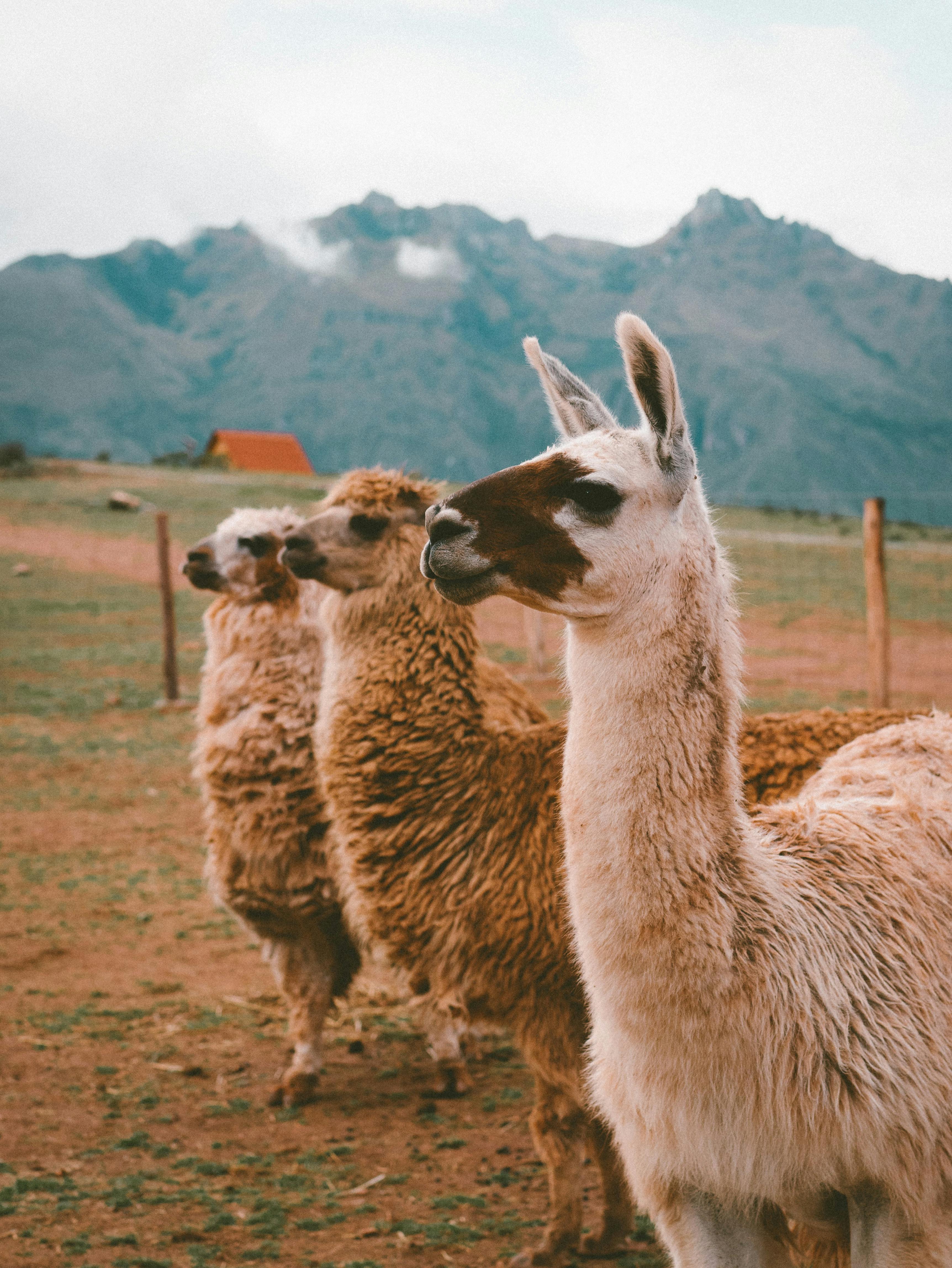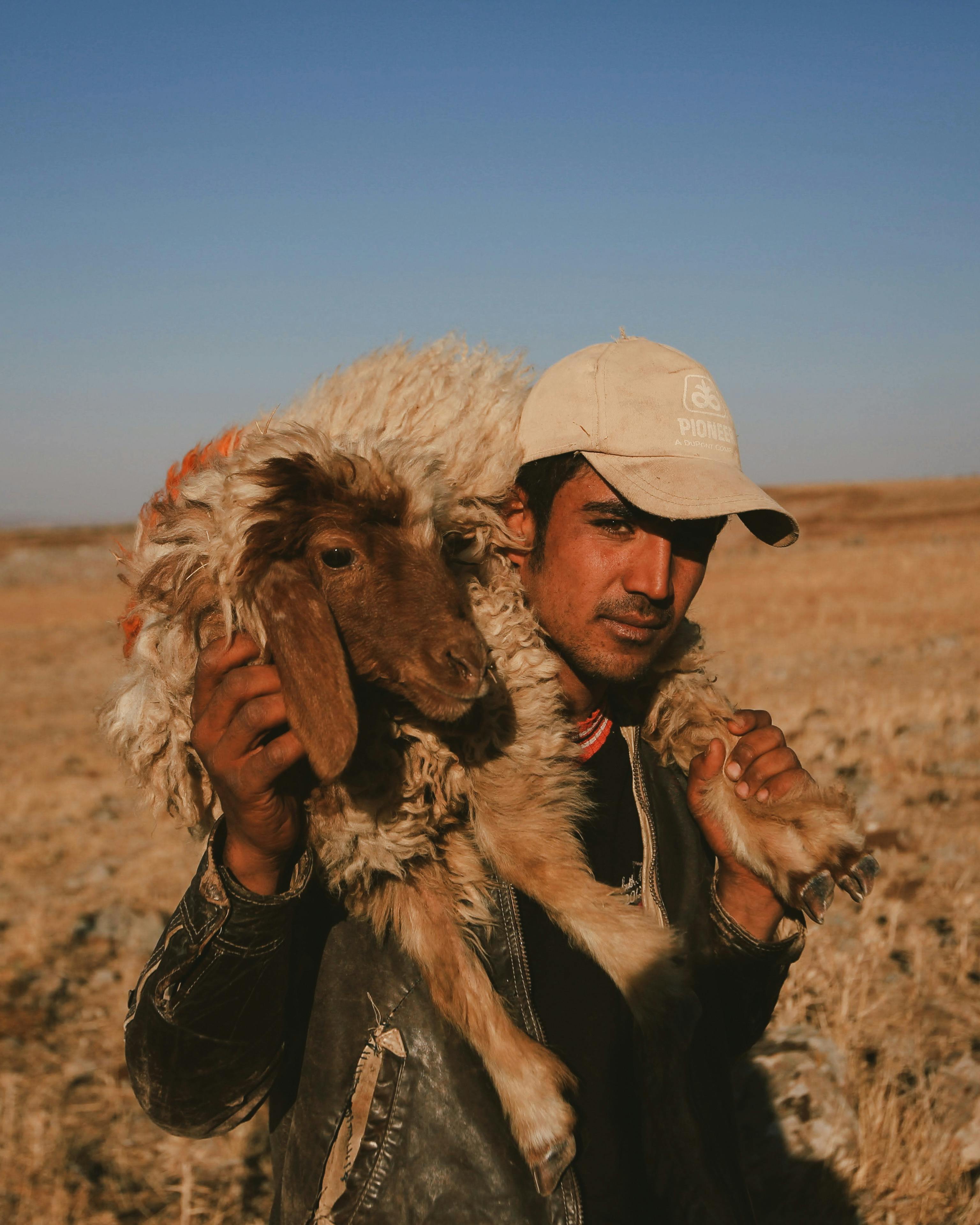Have you ever wondered what capybara poop looks like? Whether you’re a fan of these large, adorable rodents or simply curious about their digestive habits, this article will shed some light on the fascinating world of capybara droppings. From its unique size and shape to its peculiar smell and texture, capybara poop is a topic that is sure to captivate your curiosity. So, let’s embark on this exploration together and discover the intriguing characteristics of capybara poop!

Physical Characteristics of Capybara Poop
Size
Capybara poop is relatively large in size compared to other animals. On average, a single dropping can measure about 1 to 2 inches in length and 0.5 to 1 inch in diameter. Considering the size of these social animals, it’s no surprise that their poop matches their stature!
Shape
The shape of capybara poop is often cylindrical or slightly tapered at the ends. It typically has a smooth texture and retains its shape well. The rounded edges and consistent form make it easy to identify capybara droppings in their natural habitat.
Color
The color of capybara poop can vary, depending on several factors such as diet and hydration levels. When fresh, it tends to be dark brown or blackish in color. However, as it dries out, the hues may shift to a lighter brown or even grayish tone. This color variation is quite normal and does not indicate any health concerns.
Composition of Capybara Poop
Dietary Components
Capybara are herbivores, meaning their diet primarily consists of plant matter. Their droppings reflect this, containing partially digested plant material. You may find evidence of grass, leaves, and other vegetation that the capybara consumed. These droppings also provide important insights into the capybara’s foraging habits and the types of plants they prefer.
Fiber Content
The presence of fibrous materials in capybara poop is quite significant. Their digestive systems are designed to extract as many nutrients as possible from the plant-based diet, leaving behind fibrous waste. This fiber content contributes to the consistency and texture of their droppings.
Moisture Content
Capybara poop typically has a moderate level of moisture, which allows it to hold its shape without being overly firm. The moisture content can vary depending on the capybara’s hydration levels and the environmental conditions. Too much moisture may indicate diarrhea or other health issues, while excessively dry droppings could be a sign of dehydration.

Consistency and Texture of Capybara Poop
Softness
Capybara poop has a relatively soft texture, resembling that of playdough. It is not overly hard or crumbly, making it easy to compress between your fingers. This softness is influenced by the capybara’s herbivorous diet, as their digestive systems are optimized for breaking down plant matter.
Clumpiness
While capybara droppings appear individually distinct, they often clump together in small clusters. This clumpiness is due to the sticky nature of the droppings, as explained in the next section. These clusters are particularly visible in areas where capybaras frequently gather or rest.
Stickiness
Capybara poop tends to be slightly sticky, which aids in forming clumps and helps with adhesion to surfaces. This stickiness is a result of the mucus that coats the droppings during their passage through the capybara’s digestive tract. While it may be messy to come into contact with, this stickiness has specific ecological benefits, as outlined later in the article.
Smell of Capybara Poop
Odor
The smell of capybara poop is distinct, but not overly pungent. It has an earthy aroma with hints of vegetation due to its plant-based diet. Unlike the strong, offensive odors associated with some animal feces, capybara droppings tend to be milder, making them more tolerable to encounter in their natural environment.
Fermentation
One interesting aspect of capybara poop is its fermentation process. The digestive system of capybaras includes fermentation chambers where bacteria break down the complex carbohydrates present in the plants they consume. This fermentation contributes to the unique smell of capybara droppings and plays a role in their ecological interactions.

Factors Affecting Capybara Poop Appearance
Age
As capybaras grow and develop, their droppings go through noticeable changes. The droppings of young capybaras are often smaller and more tender compared to those of adults. With age, the droppings become larger in size and firmer in texture. Observing the characteristics of capybara poop can provide insights into the age range of the individuals within a group.
Diet
The diet of capybaras directly influences the appearance of their droppings. Different types of plants can leave distinct traces in their stool, allowing researchers to gauge the diversity of their diet. Additionally, diet changes can impact the color, shape, and consistency of capybara poop. A more varied diet may result in droppings with a wider range of colors and textures.
Health
The health of a capybara can also affect the appearance of its feces. If a capybara is suffering from diarrhea, its droppings may be looser and contain more liquid than usual. Conversely, constipation can lead to drier, harder droppings. Monitoring the characteristics of capybara poop can provide valuable insights into the overall health and well-being of these remarkable animals.
Similarities to Other Animal Feces
Rodents
Capybaras are the largest rodents in the world, and their droppings bear some resemblance to those of other rodents. However, capybara poop tends to be larger in size, more cylindrical in shape, and darker in color compared to droppings from smaller rodent species. The differences in size and appearance can help differentiate capybara poop from that of other rodents.
Ruminants
Capybaras share some similarities with ruminants when it comes to their feces. Both capybaras and ruminants, such as cows and deer, have a similar plant-based diet, which results in the presence of undigested plant materials in their droppings. However, capybara poop is typically smaller in size and less clumped together than ruminant feces.
Other Large Herbivores
As large herbivores, capybaras often share habitats with other animals, such as elephants and hippos. While their diets may differ, the feces of these animals can be similar in terms of size and shape. Interestingly, capybara droppings are often compared to cocoa beans due to their rounded shape, which distinguishes them from other large herbivores’ waste.
Importance of Capybara Poop in Ecosystems
Seed Dispersal
Capybara poop plays a crucial role in seed dispersal within their ecosystems. The undigested seeds present in their droppings can be transported to different locations, aiding in plant propagation and ecological diversity. As capybaras traverse their habitats, they inadvertently assist in the dispersal and germination of various plants, contributing to the overall ecosystem balance.
Fertilization
Capybara droppings also contribute to the fertilization of their surrounding environment. The organic matter present in the feces enriches the soil, providing essential nutrients for plant growth. The fibrous materials in their droppings break down over time, adding to the soil’s organic content and promoting a healthier ecosystem.
Habitat Modification
Through their fecal matter, capybaras actively participate in habitat modification. As they defecate in specific areas, their droppings accumulate, leading to the creation of nutrient-rich microhabitats. These microhabitats can support a diverse range of smaller plants and organisms, contributing to the overall ecological balance within the capybara’s environment.
Ethnographic and Cultural Importance of Capybara Poop
Ancient Uses
In various indigenous cultures, capybara poop has had diverse uses throughout history. Some ancient civilizations utilized capybara droppings for medicinal purposes, believing it had healing properties. Additionally, the fibrous nature of capybara poop made it suitable for crafting purposes, used in hand-made paper production and as a material for traditional crafts.
Modern Applications
In modern times, capybara poop is gaining recognition for its potential use as an organic fertilizer. Due to its high nutrient content, it can be composted and used to enrich soil for agriculture or gardening purposes. While it may not be as widely known or used as other types of manure, capybara poop presents an eco-friendly alternative for those seeking organic fertilization methods.
Symbolism and Superstitions
Capybara poop has also found symbolism and superstition within certain cultures. In some regions, it is considered a sign of good luck or prosperity, and people may keep dried capybara droppings as lucky charms. These beliefs highlight the cultural significance of capybara poop and its role as a symbol of fortune in different parts of the world.
Related Topics and Frequently Asked Questions
Why is capybara poop important?
Capybara poop is important for several reasons. It aids in seed dispersal, fertilizes the soil, and modifies habitats. Additionally, studying the characteristics of capybara feces helps researchers understand their diet, health, and ecological interactions.
Can capybara poop be used as fertilizer?
Yes, capybara poop can be used as an organic fertilizer. Its high nutrient content, combined with its fibrous nature, makes it a valuable resource for enriching soil and promoting plant growth. Proper composting techniques can maximize its effectiveness as a fertilizer.
Are there any health risks associated with capybara poop?
While capybara poop itself does not pose significant health risks, it is always essential to practice good hygiene when coming into contact with any animal feces. Direct handling should be avoided, and thorough handwashing should be practiced to prevent the transmission of potential pathogens that may be present.
Conclusion
Capybara poop may seem like an unusual topic, but it offers valuable insights into the behavior, diet, and ecological importance of these fascinating creatures. From its physical characteristics to its role in ecosystems and cultural significance, understanding capybara droppings can enhance our appreciation for the intricate connections between animals and the environment they inhabit. So, the next time you encounter capybara poop, take a moment to marvel at its unique qualities and the hidden stories it holds within.


